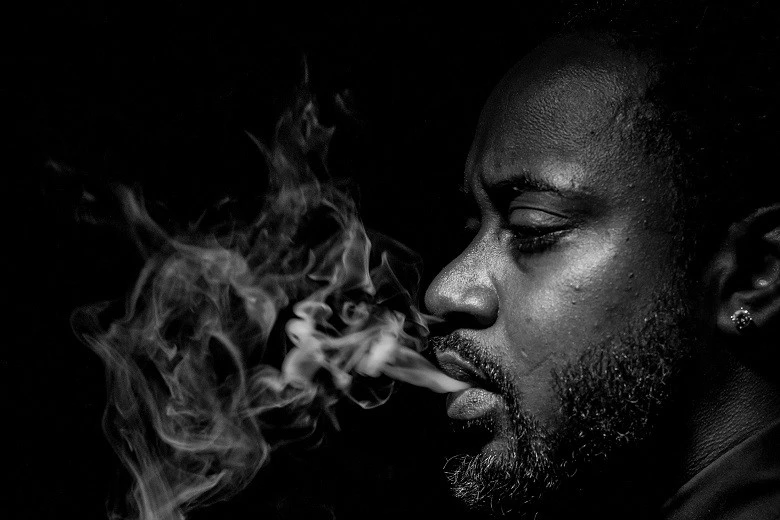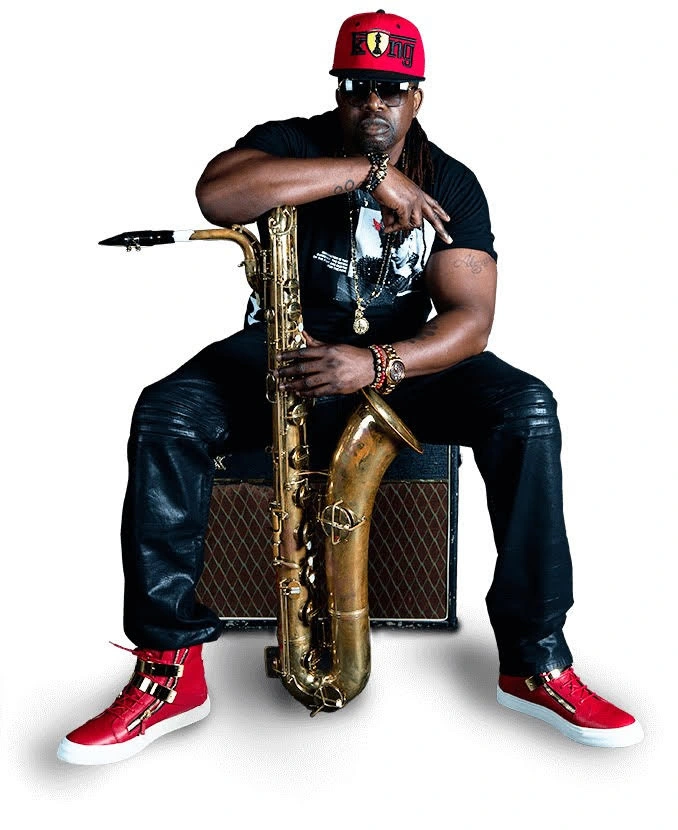Your cart is currently empty!

An architect of the Canadian Hip-Hop scene and revered artist the world over, Saukrates, born Karl Amani Wailoo, burst onto the scene in the 90s with a unique, unmistakable sound. As a member of the Canadian Hip-Hop collective “The Circle,” Saukrates carved out his own lane with projects like Big Black Lincoln and classic albums like his debut album, ‘The Underground Tapes.’
A pioneer of blending soulful melodies with true school rapping, Saukrates is standing tall twenty years after the release of his debut single, “Still Caught Up.” Now, as he prepares to release his long-shelved ‘Bad Addiction’ album, Saukrates speaks to The Hip Hop Museum about Drake vs. Kendrick Lamar, his new album, the state of Canadian Hip Hop, and more.
The Hip Hop Museum: What does it mean to you that Hip Hop will have its own home, The Hip Hop Museum, opening in 2025?
Saukrates: As any art gains popularity over time, it’s only natural to archive the work. We celebrated fifty years of Hip-Hop last year. Anything that goes on that long deserves a Museum.
THHM: Many years ago, you were signed to Redman’s label through Def Jam, but nothing materialized. We also saw many other artists from Toronto and Canada, like Maestro, Choclair, and Kardinal, who took much time to break into the US. Why do you think it took so long for Canadian Rap artists to break into the US?
Saukrates: Everything takes time. It doesn’t matter what it is, especially if it’s new. It takes time to convince your hometown. It takes time to convince your province. It takes time to convince your country. And if your country isn’t enough, which is what happened with us in Canada, it takes time to add another country.
THHM: When you say Canada wasn’t enough, what do you mean?
Saukrates: The major label infrastructure in the 90s wasn’t there for us. We couldn’t make a true living. You’re not getting enough spins and not seeing the royalties over time. There wasn’t enough infrastructure for marketing and promotion. You ended up with a budget of ten to fifteen percent of what Bryan Adams got. We didn’t give up, so we added another country and started sending our records to New York and Los Angeles, and all of a sudden, we could make a living.
THHM: Many people have said over the years that you were Drake before Drake, as far as your melodies, singing, and rapping. What do you think when people say that?
Saukrates: It’s the truth. I’m not taking anything away from Drake, but it’s true. It’s chronologically correct. Me and K-Os indulged in melody. Lauryn Hill and Missy were doing it in the US, which was okay. But when guys were doing it, it was like, “Oh, these tough guys are signing.” I’m not taking anything away from my little brother, but maybe we gave him the courage to do it.
THHM: I would be remiss if I didn’t ask you about Drake Vs. Kendrick Lamar. It was arguably the biggest Rap battle of all time. We saw the West Coast rally around Kendrick but didn’t see the same rallying around Drake on the Toronto and Canada sides. Why do you think that was?
Saukrates: It’s simple. The community culture of California, especially Southern California, rallies around poor people, the downtrodden and the mistreated – this has been around for nearly a hundred years. They call it gangs because that’s what developed into the bloods and crips, but they have been protecting their community for a long time. And then ask yourself, how long has Toronto been doing that? In twenty or thirty years, we will be doing the same.
TTHM: How about the records themselves? Who do you think won?
Saukrates: My favourite artistic record was where Drizzy used the AI 2Pac voice. My take on the whole thing, though, is this is bigger than Rap. Nobody wins. Anyone who is picking favourites is shallow because they don’t see the actual problems that last over time where young bloods and crips and shooters in Toronto will lose their lives.
THHM: On a more positive note, last year, you collaborated with the Washington Capitals of the NHL on a record called “Caps 11” that has since been nominated for an Emmy. How did that collaboration come about?
Saukrates: It was random. The plug is Kwame Mason. He called me last year to do a theme song for a documentary called ‘Ice Queens’ about black women in hockey. We did that, and then he called me two weeks later, saying he was walking into a meeting with the Washington Capitals and would I be interested in collaborating. The next thing you know, I am on a conference call with them. I flew to DC and got to spend time there.
THHM: What do you think about the current state of Canadian Hip Hop?
Saukrates: We’re in a great place, but I think people are losing sight of the goal. The goal for us was to become relevant on a worldwide scale in black music, and I think we achieved it. But the next goal is to stay there doing what we originally did to get there, which was doing whatever the hell we want. We can do whatever we want. Toronto is such a multi-cultural city. It better be something different.
THHM: My favorite record from you is “Comin’ Up.”
Saukrates: That’s about to be a single off the album it was supposed to be on.
THHM: You’re putting out a new album?
Saukrates: Yes, it’s called ‘Bad Addiction.’ It was supposed to be released through Def Jam. It’s a time capsule. It’s all records recorded between 1999 and 2004. I recently handed in the lead single, which features me, Redman, and Masta Ace. The album should be dropping in a month or two. It is based on a pirate radio show with interludes and everything.



